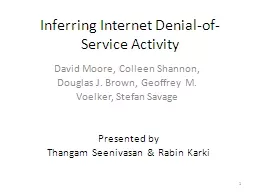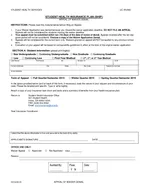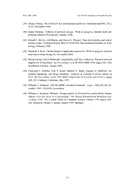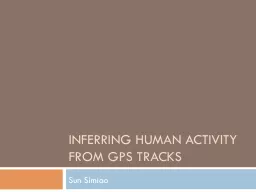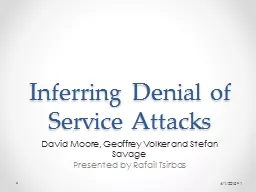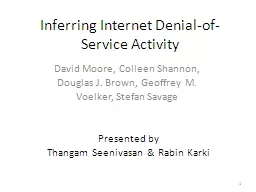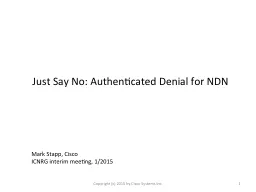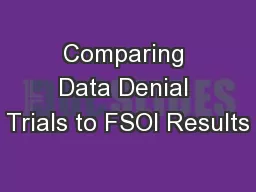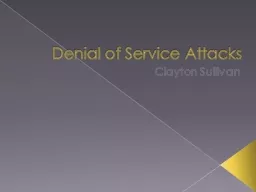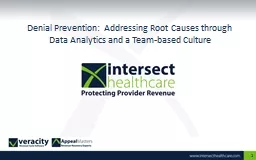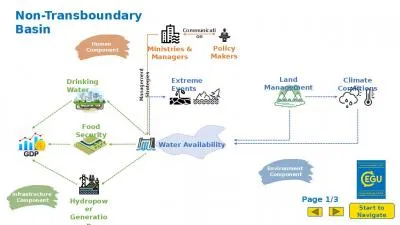PPT-Inferring Internet Denial-of-Service Activity
Author : calandra-battersby | Published Date : 2018-12-16
David Moore Colleen Shannon Douglas J Brown Geoffrey M Voelker Stefan Savage Presented by Thangam Seenivasan amp Rabin Karki 1 Simple Question How prevalent are
Presentation Embed Code
Download Presentation
Download Presentation The PPT/PDF document "Inferring Internet Denial-of-Service Act..." is the property of its rightful owner. Permission is granted to download and print the materials on this website for personal, non-commercial use only, and to display it on your personal computer provided you do not modify the materials and that you retain all copyright notices contained in the materials. By downloading content from our website, you accept the terms of this agreement.
Inferring Internet Denial-of-Service Activity: Transcript
Download Rules Of Document
"Inferring Internet Denial-of-Service Activity"The content belongs to its owner. You may download and print it for personal use, without modification, and keep all copyright notices. By downloading, you agree to these terms.
Related Documents

